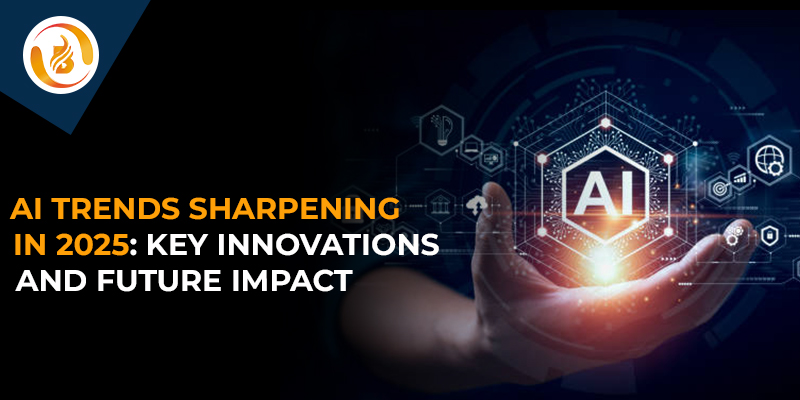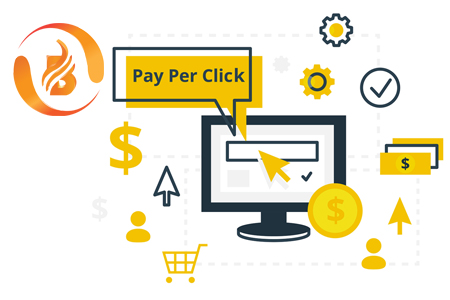Edge computing explained:
Edge computing is a networking paradigm that focuses on placing processing as near as feasible to the source of data to decrease latency and bandwidth use. Edge computing, in simple words, implies executing fewer processes on the cloud and relocating them to local locations, such as a user’s PC, an IoT device, or an edge server. Custom Software Development Company In India bringing processing to the network’s edge, the quantity of long-distance transmission between a client and server is reduced.
What sets edge computing apart from other types of computing?
The original computers were big, cumbersome devices that could only be accessed directly or through terminals that were essentially computer extensions. Computing might become considerably more spread thanks to the introduction of personal computers. Personal computing was formerly the most popular computer model. Applications operated and data was saved locally on a user’s device, or in an on-premise data center in some cases. Cloud computing, which is a relatively recent invention, has a variety of advantages over on-premise computing. Cloud services are consolidated in a vendor-managed “cloud” (or set of data centers) and accessible through the Internet from any device.
However, cloud computing can create delays due to the distance between consumers and the data centers where cloud services are located. Custom Software Development Company In India, maintaining the centralized characteristics of cloud computing, edge computing brings computation closer to end-users to reduce the distance that data must travel.

What are the advantages of using edge computing?
Savings:
As seen in the example above, Edge computing helps reduce bandwidth use and server resources. Bandwidth and cloud resources are limited, and they come at a price. Statista projects that by 2025, over 75 billion IoT gadgets will be deployed worldwide, with smart cameras, printers, thermostats, and even toasters in every home and workplace. Significant processing quantities must be shifted to the edge to support those devices.
Performance:
Reduced latency is another key advantage of pushing operations to the edge. Custom Software Development Company In India builds a device has to interact with a remote server, a delay is introduced. Two employees in the same workplace speaking via an IM platform, for example, may encounter a significant delay since each message must be routed out of the building, interact with a server somewhere across the world, and be brought back before it displays on the recipient’s screen. That obvious delay would be eliminated if that operation was moved to the edge and the company’s internal router was in charge of transmitting intra-office communications. Users of all online apps will experience delays when they meet operations that need communication with an external server. The length of these delays will vary depending on the server’s available bandwidth and location, but they can be eliminated by moving more operations to the network edge.
New features and functions:
Additionally, edge computing can deliver previously unavailable features. Edge computing, for example, may be used to process and analyze data at the edge, allowing for real-time processing and analysis.
Visit us on: www.biovustechnologies.com







